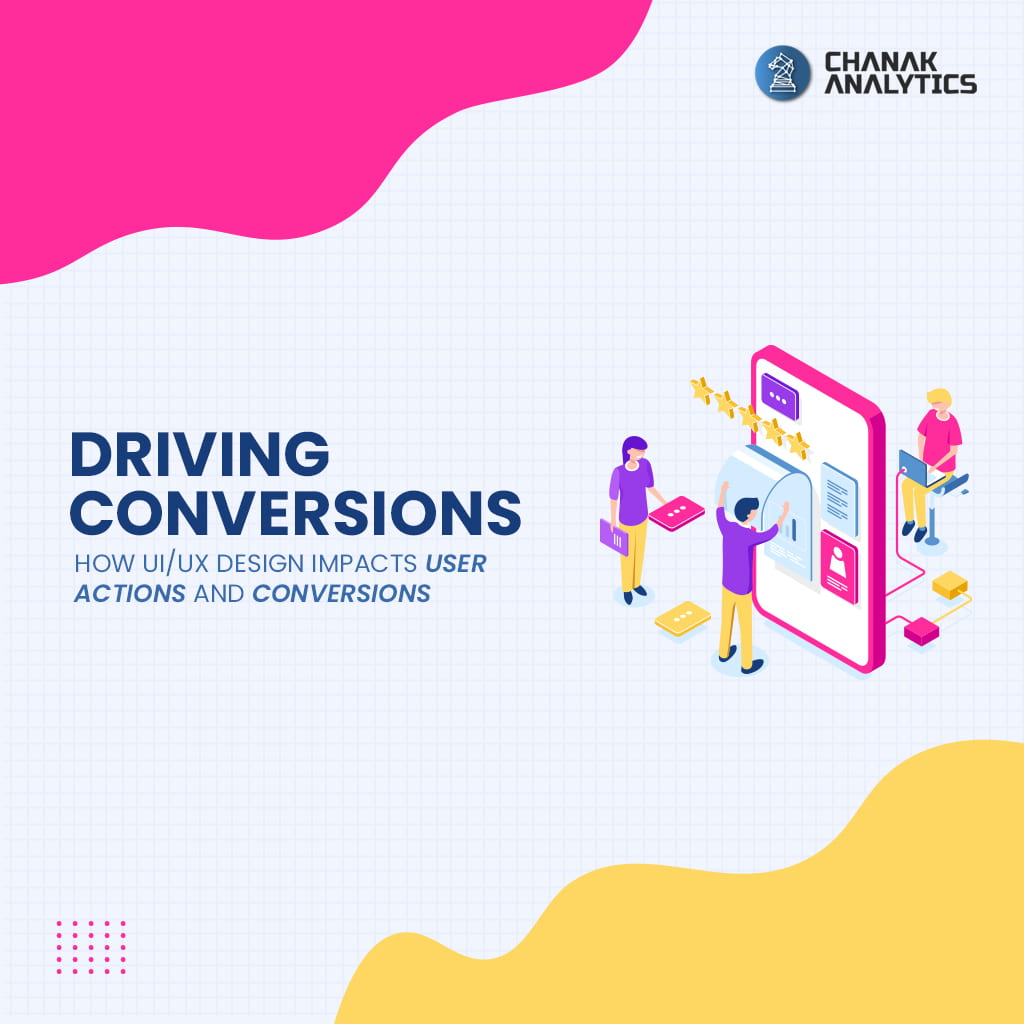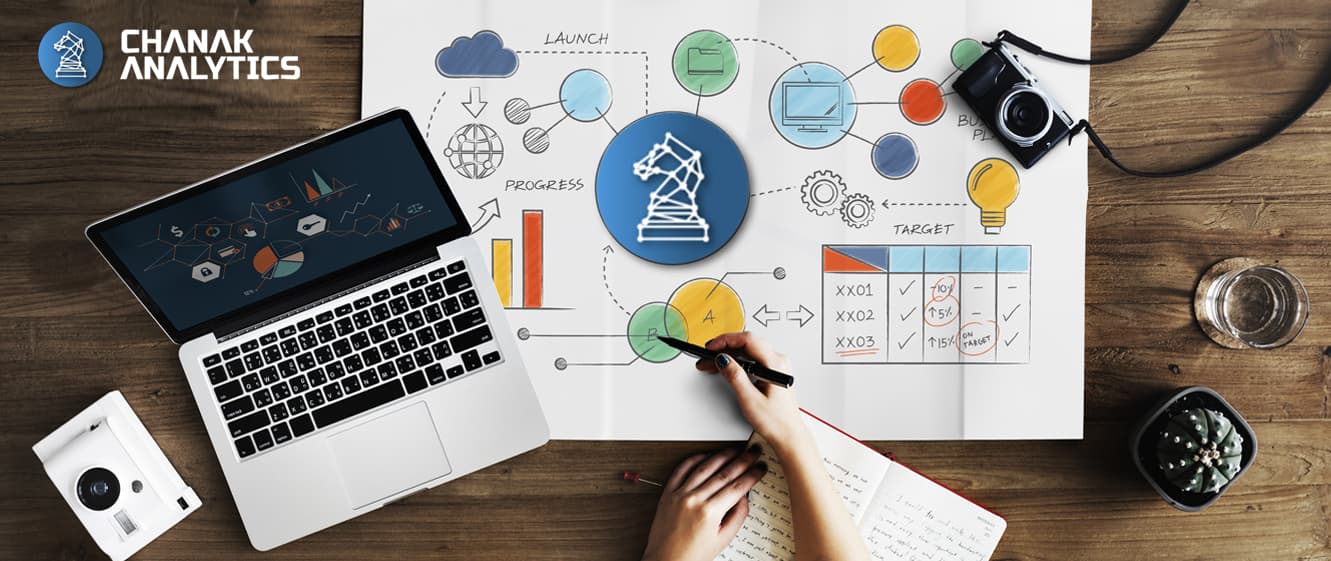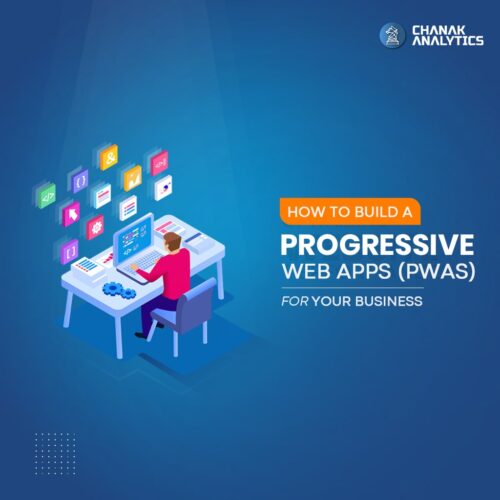Driving Conversions: How UI/UX Design Impacts User Actions and Conversions


UI-UX design drives conversion! Have you ever wondered why some sites make shopping a pleasure, yet others can be rather irritating? This is because of their design. Welcome to the world where UI (User Interface) and UX (User Experience) design revolutionise your online buying experience. Explore the untold stories behind these designs, revealing the power that lives in everything you buy, click, and search for. We’ll look at how the placement, colours, and organisation of a website can keep you around longer and encourage you to click around more!
Boosting Conversions: Why UI/UX Design Matters!
The specific feel and appearance of a website determine whether you purchase something or not. UI/UX design is the magic that makes websites convenient and entertaining to use. It’s crucial for getting people to pay their money. Here’s why:
- Makes it Easy: An effective UI/UX design makes the site responsive. That translates to seamless operation, irrespective of whether you are on a computer or your mobile phone. You are more likely to continue visiting when it is user-friendly.
- Engagement Matters: When you enjoy a website, it is like spending time with an interesting friend! You want to stick around! UI/UX design creates this engagement. It keeps the site interesting and engaging.
- Encourages Action: Did you ever see a button that simply begs to be clicked? That’s UI/UX design at work. It drives you to action – purchase something or subscribe for updates.
It is worth mentioning that a beautiful UI/UX design does not necessarily equate to pretty aesthetics. It is about your awesome online journey and trying to get you engaged.
The Magic Behind User-Friendly Websites
When you go to a website, it’s like walking into a store. Arrangement and layout are critical. Here are some key elements of Wix design that impact how you behave on a web page:
- Page Layout: Consider it like the shop layout. A neat and clutter-free layout allows easy navigation.
- Visual Appeal: As with a nice shop window, good visuals and colours draw your attention and make you stay longer.
- Easy Navigation: Just as you can navigate aisles around a store quickly, the same applies to navigating websites. You can navigate easily through the use of clear menus and buttons.
- Responsive Design: This is similar to a store that attends to your needs. Responsive websites connect you.
- Clear Call-to-Action: An actionable clue directs you to the next stage, just like a smart salesperson would.
These Wix design features have a large impact on your behaviour when you are browsing an online platform and whether or not to purchase.
Boost Conversions: Enhance Your Website’s UI/UX Design
The UI/UX design layout of your website and the web pages are essential in getting people to buy or sign up. Follow these simple steps to improve it:
- Clear Navigation: Allow the visitors to easily locate what they are looking for.
- Mobile-Friendly Design: Make sure that your site looks great and runs smoothly on smartphones and tablets.
- Speed Matters: Improve your website’s loading speed for a better user experience.
- Engaging Content: Use graphics and clear writing to hold the attention of visitors.
- Call-to-Action Buttons: Let them shine and help visitors know what to do next.
- User Feedback: Collect responses to determine where modifications are required.
You deliver an intuitive and productive virtual environment by using UI/UX design every single time!
Simple Tips for More Clicks and Conversions!
For enhancing user actions and conversions on your site, UI/UX mastery is a game changer. Here are some easy-to-follow best practices to supercharge your site’s performance:
- A/B Testing: Experiment with various layouts and designs to see what most appeals to your audience.
- Visual Hierarchy: Arrange the content using headings, images, and colours that draw attention to key items.
- Optimised Page Load Speed: Users love a speedy site. Secure their attention by ensuring that the webpage loads quickly.
- Intuitive Navigation: Make a menu system that will enable customers to find what they need without any confusion.
- Responsive Design: Make your site attractive and smooth to work on any media – mobile, tablet, or desktop.
- Clear Call-to-Actions (CTAs): Provide effective and eye-catching buttons that direct users to take desired actions, such as ‘Buy Now’ or ‘Sign Up.’
- Consistent Branding: To reinforce brand recognition, keep a consistent look and feel across your site.
Top 10 UI/UX Tools to Boost Your Design Game
Creating an accurate conversion rate, according to web designers, takes only a high-quality web interface design. Here are some user-friendly tools and resources to level up your UI/UX game:
- Figma and Sketch: It is easy to create intuitive interfaces with the help of this set of design tools. They have intuitive features and collaborative functions.
- UsabilityHub and UserTesting: Research real user interaction with the design by conducting usability tests and obtaining users’ feedback. This insight is great for improvement.
- Google Analytics and Hotjar: Evaluate user behaviour, click statistics and navigational paths. These tools offer priceless data on how you can improve your design to convert better.
- Nielsen Norman Group and UXPin: Get professional advice, read articles, and take UX/UI design courses to perfect your skills and keep track of industry changes.
- Canva and Adobe XD: Templates and flexible elements can simplify product design, especially for e-commerce designers who need to create visually appealing layouts.
A/B Testing’s Power in Perfecting UI/UX for Conversions
A/B testing plays an important part in the optimisation of UI / UX design to achieve high conversion rates. Here’s how it helps:
• Refining Page Header Design
A/B testing provides designers with the opportunity to test different versions of page header designs. They can know which header generates better responses from the users which encourages quick action!
• Enhancing Web Design System
A/B testing enables designers to develop their web design system. These writers can conduct a comparative analysis between various components like buttons, navigation menus or forms to find out which versions are superior at leading users through the website effortlessly hence increasing conversion rates.
• Data-Driven Optimisation
A/B testing provides actionable data by comparing user activity with different design variants. This approach driven by data helps you make informed decisions so that your UI/UX design is always improving and leads to better conversions.
The use of A/B testing enables designers to make the adjustments needed to UI/UX components such as page headers and the entire web design system that provide high conversion rates according to actual user preferences and behaviours.
Unlocking Conversions: How Mobile UI/UX Design Shapes Your Actions

In this digital age, mobile UI/UX design possesses an enormous capacity to shape our behaviour while we interact with websites or apps. Let’s break down how it impacts user actions and conversions:
• First Impressions Matter
A user’s first impression of a mobile platform is very much dependent on its design. With this, a simple interface that is easy to use quickly attracts the eye and encourages snooping around.
• Seamless Navigation
Navigation is simplified by user-friendly menus, distinguishable buttons and uncomplicated gestures that allow users to navigate easily within a website or app. It increases the likelihood of users staying more and doing the desired actions.
• Speed and Performance
Loading quickly and running smoothly helps prevent users from becoming frustrated, which discourages them from leaving the platform early. Optimisation in terms of mobile UI/UX design keeps users interested.
• Trust and Credibility
A more attractive design, plus safety features, builds trust so users do not hesitate to make purchases or achieve desired goals.
Mobile UI/UX design directly affects user behaviour. Conversions are more likely to happen because of their pleasant and efficient nature. It makes users trust the organisation a lot more!
Avoid These UI/UX Blunders for Better Conversions!
Making a website or app that people love isn’t simple. In some cases, seemingly minor faults in the appearance or functioning can result in losing a potential customer. Here are some common slip-ups to watch out for:
- Cluttered Layouts: Overloading visitors with information at a time can leave them confused.
- Complex Navigation: If it’s difficult to locate what you are looking for, you may even walk away.
- Slow Loading Speed: If the waiting feels forever, people might bounce off.
- Ignoring Mobile Users: A lot of people rely on phones; if the experience is poor on mobile, it’s bad for any business.
- Unclear Call-to-Actions: Buttons that don’t tell you what to do can be frustrating.
- Forms That Are Too Long: We get bored of completing lengthy forms.
If you avoid these errors, your website or app will likely be much more user-friendly and can thus help ensure that more people stay around to hopefully click on the ‘buy’ button.
How Does UI/UX Design Shape Your Shopping Experience?
UI/UX design is incredibly powerful in the world of online shopping; it’s like the magic that makes us click the ‘buy now’ button. Throughout this journey of understanding how UI/UX impacts user actions and conversions, one thing stands out: simplicity rules. When a website is easy to move around and finding what you want feels like a breeze, that’s just really great UI/UX design!
Remember that it is not about dazzling colours and stylish buttons, but about your need for convenience. A good design helps us navigate from browsing to checking out without feeling lost or frustrated. Because of this, we are drawn to certain websites and apps, and they occasionally just appear to ‘click’ with us.
When firms spend on excellent UI/UX design, they are investing in customer satisfaction and convenience. They’re designing a positive and effortless experience that generates more conversions. It is a win-win situation in which customers get what they want and businesses can continue to grow.
Join the community
Join our 400,000+ person community and contribute to a more private and decentralized internet. Start for free.


